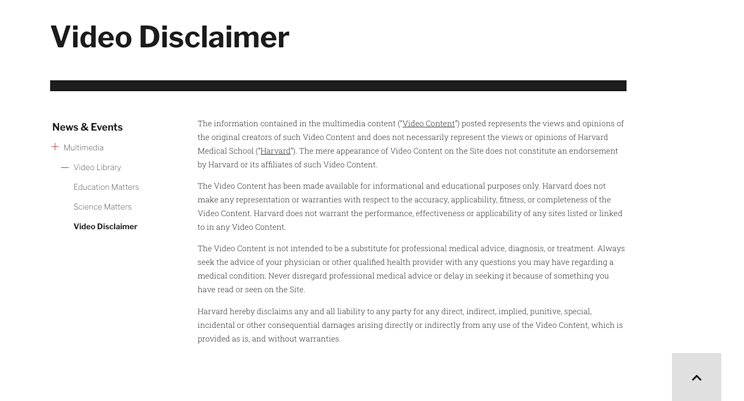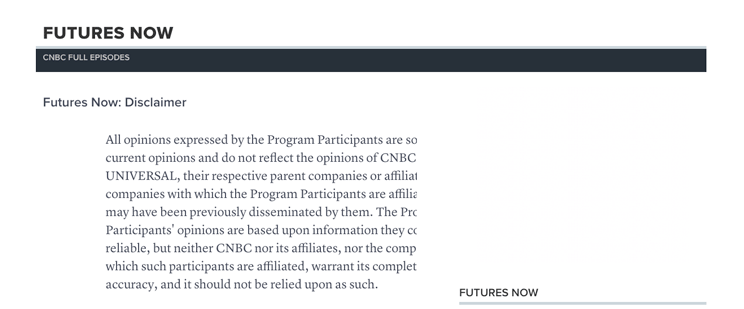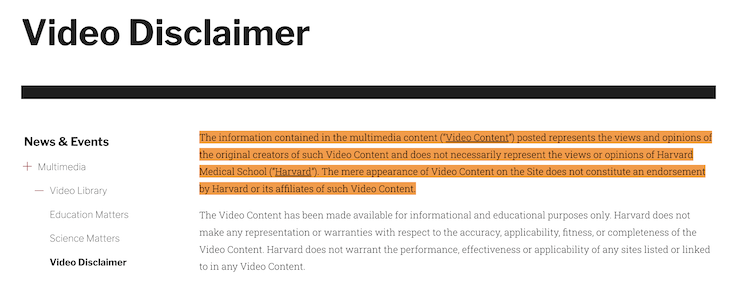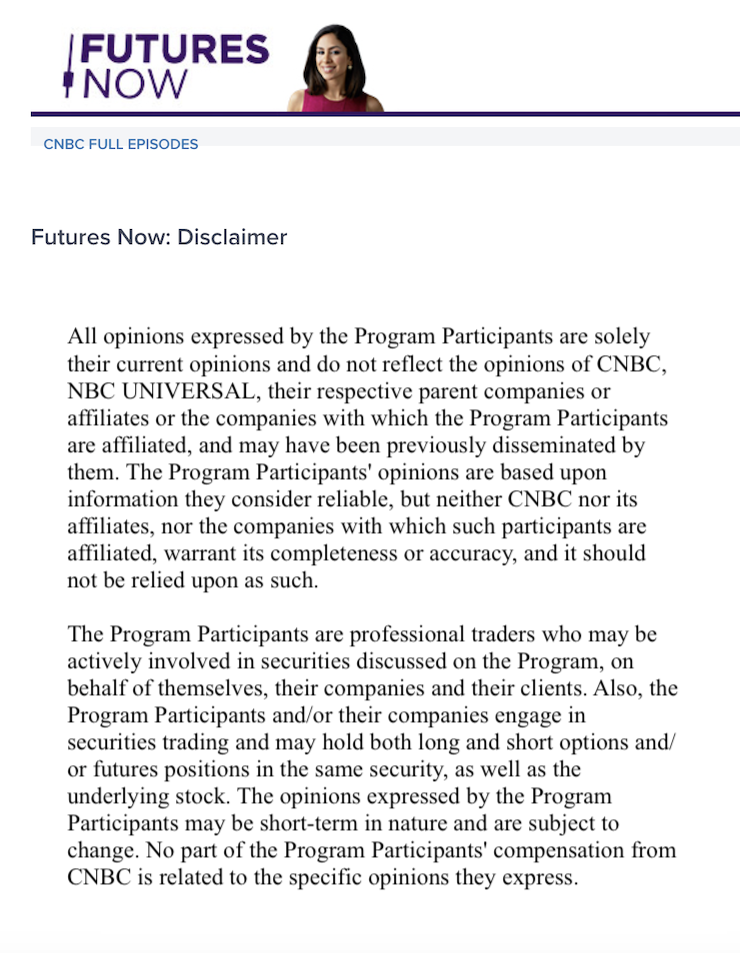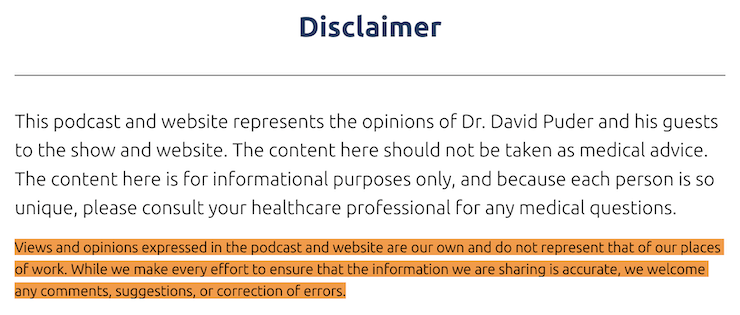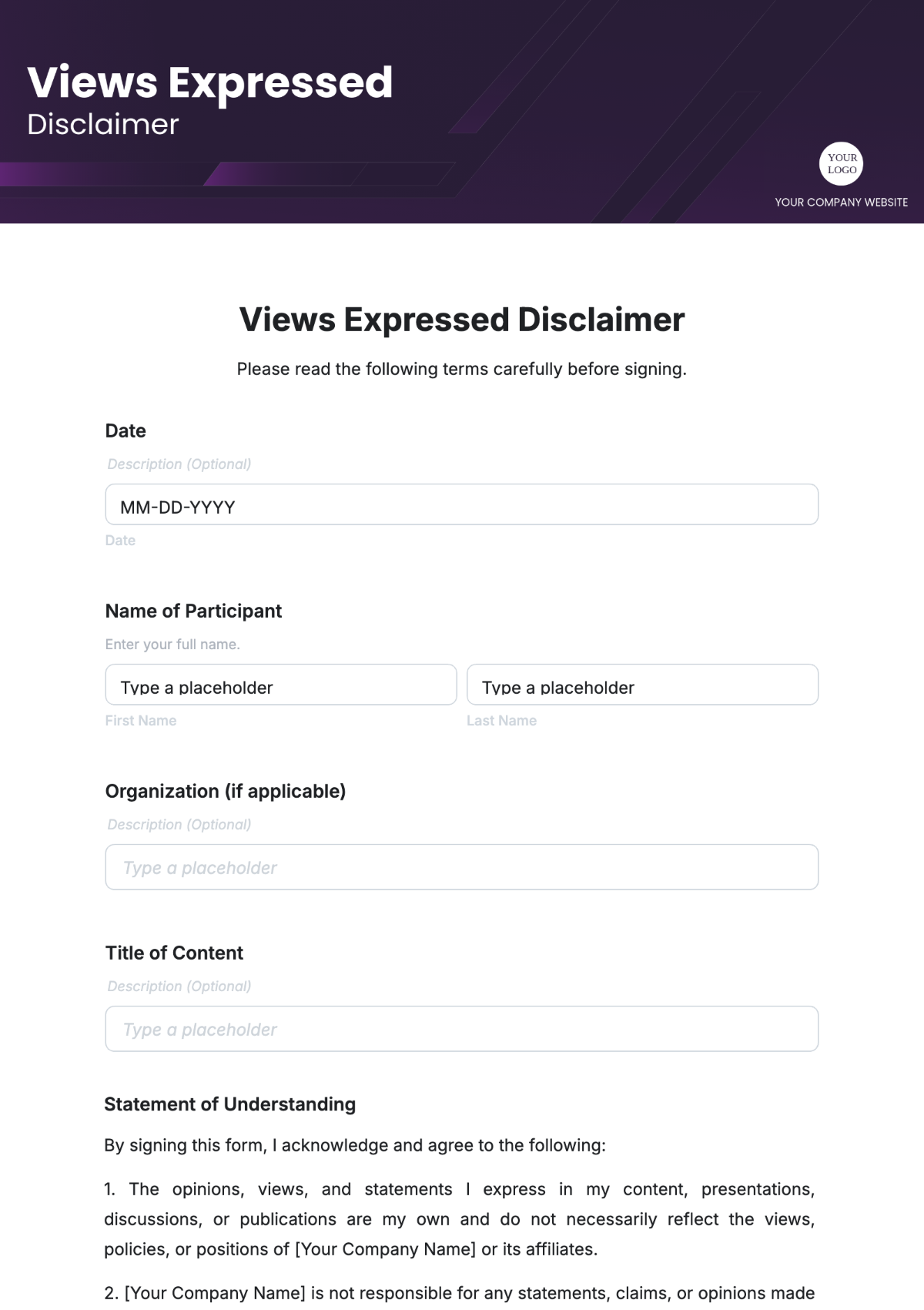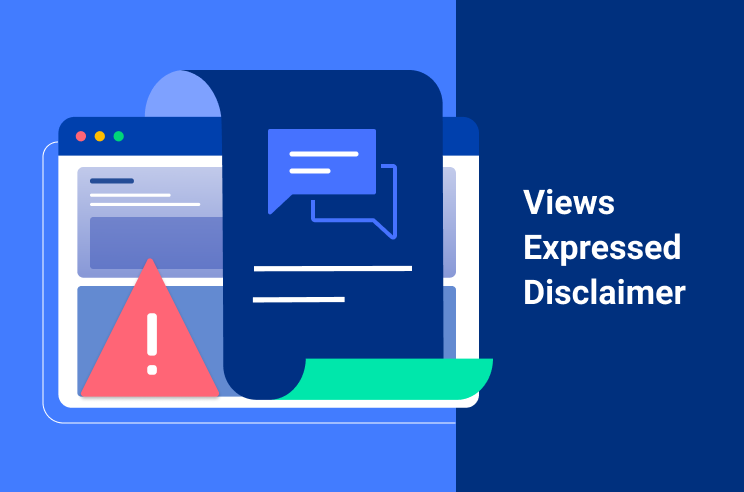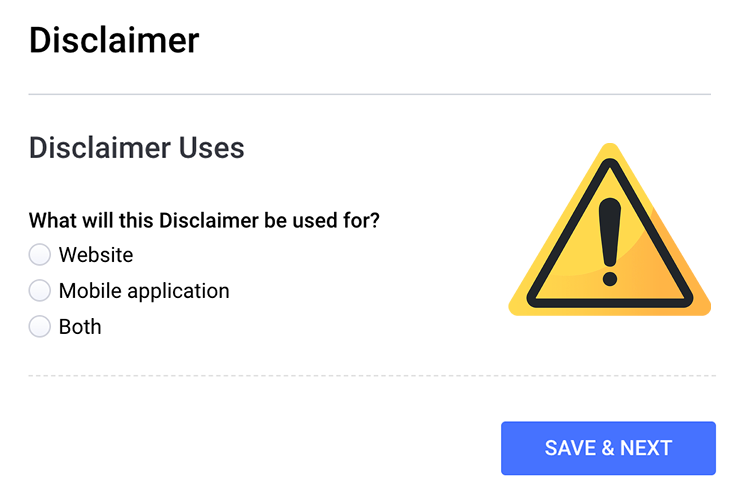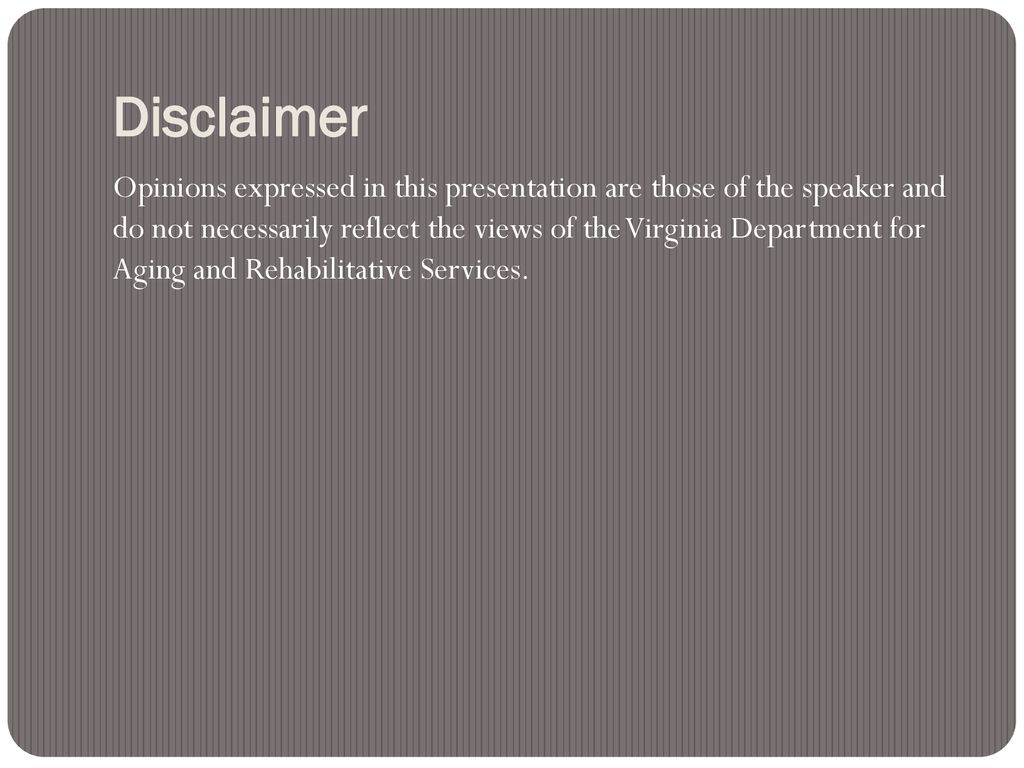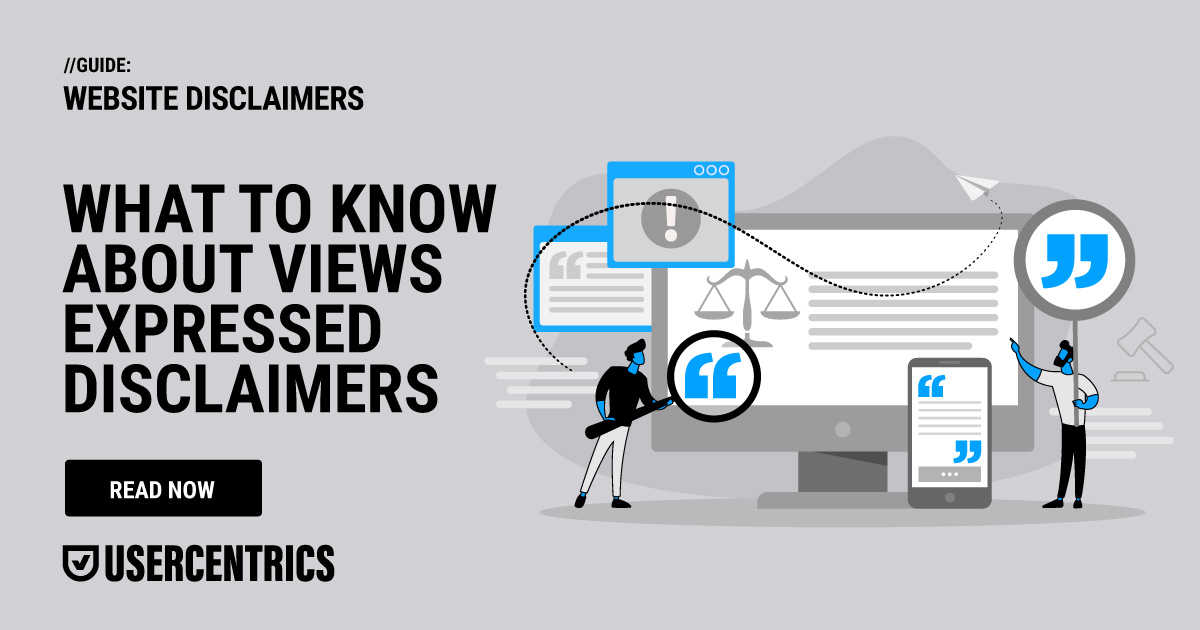The Views And Opinions Expressed Disclaimer Script
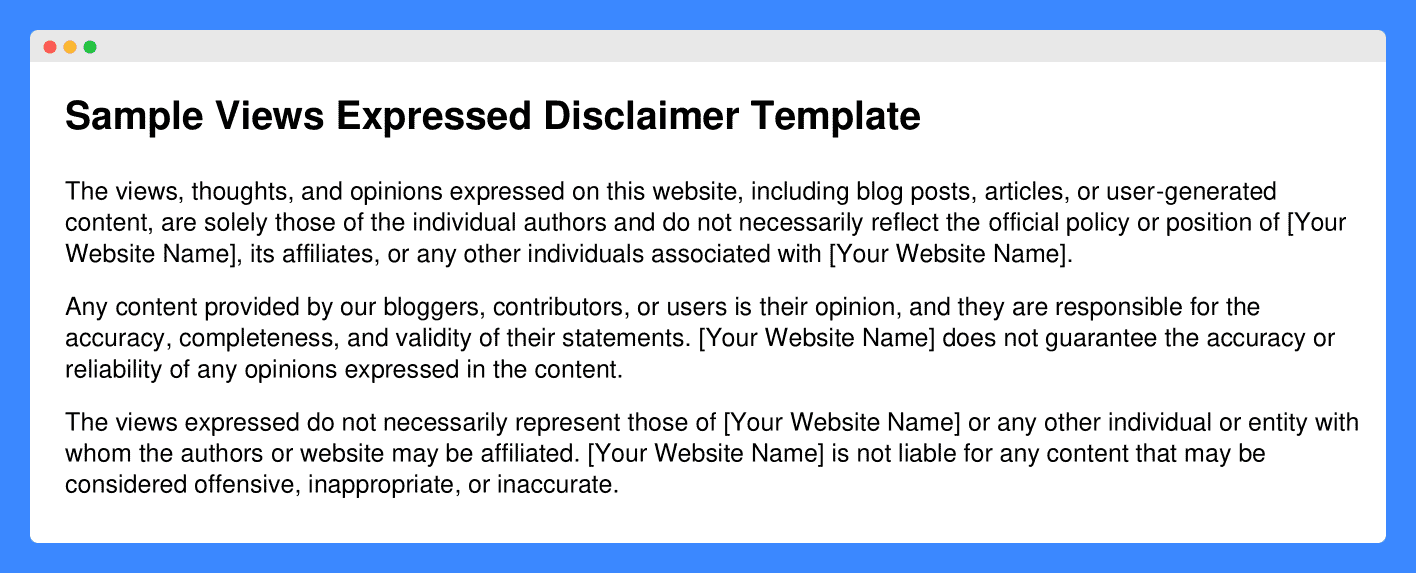
The ubiquitous disclaimer, "Views and opinions expressed are solely those of the author and do not necessarily reflect the official policy or position of any other agency, organization, employer or company," has become a staple across digital platforms and media outlets. Its widespread adoption raises questions about its purpose, effectiveness, and potential implications for both content creators and audiences.
This article explores the evolution, usage, and ongoing debate surrounding the 'Views and Opinions Expressed' disclaimer, examining its role in mitigating liability, fostering free speech, and shaping perceptions of content.
The Rise of the Disclaimer
The proliferation of this disclaimer can be traced back to a confluence of factors, including the rise of user-generated content, increasing legal scrutiny of online speech, and a desire to protect organizations from potential reputational damage.
As platforms like YouTube, Facebook, and Twitter (now X) gained prominence, the sheer volume of content made it impossible for them to actively monitor and endorse every opinion expressed.
Organizations sought a mechanism to distance themselves from potentially controversial or misleading statements made by individuals associated with them.
Key Elements and Variations
While the core message remains consistent, the 'Views and Opinions Expressed' disclaimer appears in various forms. Some versions are brief and general, while others are more detailed and specific.
For example, some disclaimers explicitly state that the organization is not responsible for the accuracy or completeness of the information presented.
Others may emphasize that the views expressed are personal and do not constitute professional advice.
"The views expressed in this presentation are those of the speaker and do not necessarily represent the views of [Organization Name]."
Legal and Ethical Considerations
The effectiveness of the disclaimer in shielding organizations from legal liability remains a complex issue. Courts generally consider the disclaimer as one factor among many when determining responsibility for content.
However, a well-crafted disclaimer can certainly help to demonstrate that the organization did not endorse or ratify the views expressed.
Ethically, the disclaimer can be viewed as a way to promote transparency and avoid misleading audiences about the origin and endorsement of opinions.
Impact on Free Speech
Some critics argue that the widespread use of disclaimers may have a chilling effect on free speech.
Content creators may feel pressured to self-censor their views or avoid controversial topics to protect their organizations from potential repercussions.
However, proponents argue that disclaimers actually encourage open dialogue by allowing individuals to express diverse opinions without necessarily implicating their affiliated organizations.
Audience Perception and Trust
The impact of the 'Views and Opinions Expressed' disclaimer on audience perception is a subject of ongoing debate.
Some believe that the disclaimer undermines the credibility of the content, suggesting that the organization is unwilling to stand behind the views expressed.
Others view it as a sign of intellectual honesty and a commitment to fostering diverse perspectives.
Examples in Practice
The disclaimer is commonly found on personal blogs, social media profiles, corporate websites, and news articles featuring opinion pieces.
Universities often use it when faculty members express opinions that may not align with the institution's official stance.
News organizations typically include it in articles written by external contributors or in opinion columns.
Companies frequently employ the disclaimer when employees participate in online discussions or create content related to their industry.
In political campaigns, the disclaimer is often used to distinguish between the candidate's personal views and the official platform of the party.
It allows individuals to voice their own ideas while making it clear that they don't represent the campaign as a whole.
The Future of Disclaimers
As online communication continues to evolve, the role of the 'Views and Opinions Expressed' disclaimer is likely to remain relevant.
However, organizations may need to adapt their disclaimer strategies to address emerging challenges, such as the spread of misinformation and the increasing sophistication of online audiences.
The rise of AI-generated content may also necessitate new forms of disclaimers to clarify the source and authorship of information.
Ultimately, the effectiveness of the disclaimer depends on its clarity, context, and the overall credibility of the content and the source. While it might not provide absolute legal protection, it serves as an important reminder that opinions are not necessarily facts and that individuals are responsible for their own views.

